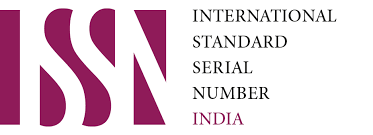Receivable Management practices: the past and the future
DOI:
https://doi.org/10.8476/sampreshan.v17i2.132Abstract
Any organization's ability to succeed depends on how its resources are allocated. As a result, when it comes to managing receivables, every firm must exercise extreme caution when giving customers credit. Credit sales will undoubtedly contribute to boosting sales volume while also boosting revenue. At the same time, we must be extremely cautious when it comes to the cost of extending the credit. If receivables are not collected on time and turn into bad debts, the cost of credit is quite significant. In this research, an effort has been made to examine the receivable management strategies that have been used for a long time and what potential future practises might be. This research paper explores the strengths and shortcomings of the various practises now in use as well as potential future trends in receivable management. For this, we gathered and contrasted the various approaches and procedures, which we then described in this paper.



